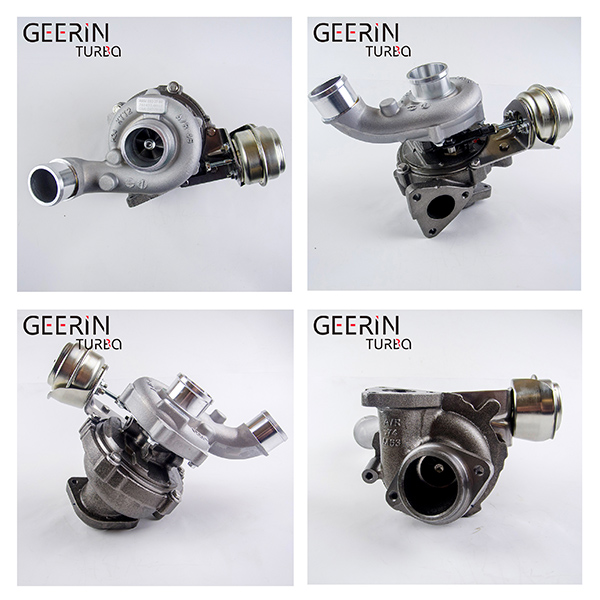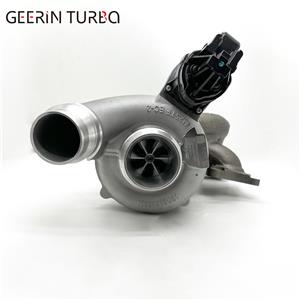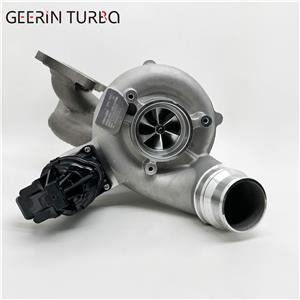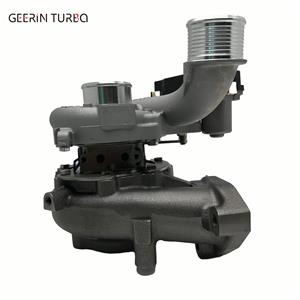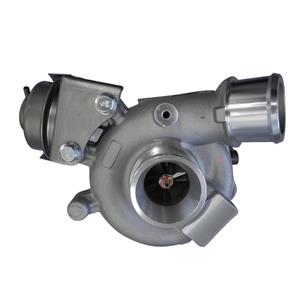Failure caused by oil leakage of turbocharger
Failure caused by oil leakage of turbocharger
WBY-200C stabilized soil mixer has caused two cases of construction machinery failures due to oil leakage from the supercharger during road construction.
1. The engine consumes a lot of oil. This mixer needs to add 4-6L oil every 8 hours during construction, and the new oil becomes sticky and black in less than two days. At first, it was thought that the engine oil was burned due to the blow-by gas caused by the serious wear of the engine cylinder liner components, but the cylinder pressure and engine power were checked to judge that the engine performance was normal, and there was no obvious blue smoke from the exhaust pipe. Analysis believes that this fault is caused by the oil lubricating the turbocharger turbine entering the intake manifold through the floating bearing, the air seal plate and the oil baffle, that is, a large amount of oil enters the intake pipe, and then enters the cylinder block with the air. In the process of diesel combustion, the oil is burned and a large amount of carbon deposits are formed. Part of the carbon deposits are discharged from the cylinder block, and part of the carbon deposits are adsorbed on the cylinder wall and enter the crankcase in various ways, resulting in excessive oil consumption. And easy to get dirty and sticky.
2. The life of the air system components is very short, and the air pressure rises slowly. When disassembling and inspecting the air pump, oil-water separator and pressure regulating valve of the machine's brake system, it is found that there is a lot of carbon deposits in the parts; the air inlet and outlet in the cylinder head of the air pump The diaphragm and the valve core are stuck together due to carbon deposits; the spring has also lost its elasticity due to high temperature; the rubber parts in the oil-water separator have also melted. According to the user's report, the newly replaced air pump cylinder head assembly and oil-water separator assembly can be used normally at the beginning, but the above fault occurs after more than one month of use, and it can be seen when working at night that the air pump reaches the A copper tube of the oil-water separator often burns red from working too long. Analysis believes that these failures are caused by the leakage of oil from the turbocharger turbine to the intake pipe, because the air inlet of the air pump is connected to the intake manifold, and the air entrains the oil into the air pump and its subsequent pipelines. Due to the continuous operation of the air pump and the oil in the pipeline, the air path is blocked, so that the temperature of the compressed air is high, causing the oil to burn and carbonize and block the pipeline, which eventually leads to the above failure. After replacing the turbocharger, the above two faults were eliminated.
The above faults tell us: in order not to affect the use of the whole machine and prolong the service life of the machine, when operating the construction machinery with turbocharger, we must pay attention to the following problems:
(1) After the diesel engine is started, it must run at idle speed for 5 minutes The above load can only be added, otherwise the supercharger will not be fully lubricated, which will lead to excessive wear of the Atlas air compressor parts.
(2) The diesel engine cannot be shut down urgently without special circumstances during the normal operation. When shutting down, the diesel engine must be gradually reduced in speed to the idle state, and run for more than 5 minutes. Because the speed of the turbocharger rotor is as high as 60,000 to 80,000 r/min when this type of machine is working under load, and the diesel engine suddenly stops or suddenly reduces the speed, the oil pump will stop supplying oil or make the oil supply insufficient. If the rotor of the supercharger is still running at a very high speed, it will cause excessive wear and high temperature between the moving pairs due to insufficient lubrication and cooling, which will affect the life of the supercharger and even lead to direct damage.
(3) After the diesel engine has been replaced with oil, oil filter element or parked for a long time, the oil inlet joint of the supercharger should be loosened under the condition of idling after starting, and then tightened after the lubricating oil leaks out, and the load can be added after running for more than 5 minutes.
(4) When replacing the oil return hose of the supercharger, the inner diameter of the hose must be greater than 25mm and there should be no excessive bending in the middle, so as to avoid poor oil return and affect the lubrication effect of the supercharger turbine.
